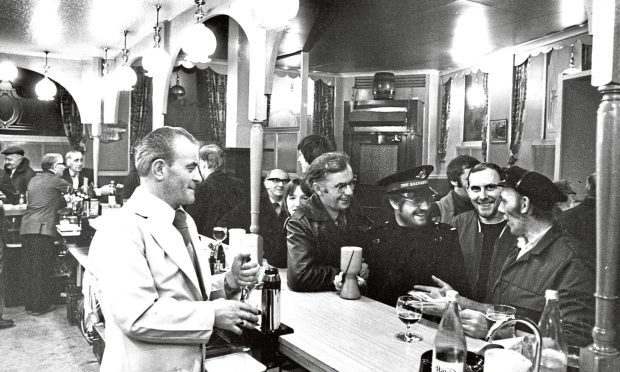In making any predictions for the year ahead, it makes sense to look back at the previous year.
2019 was a strong year for Simmons Energy despite the market, not because of it. We were able to close a number of deals in what has been, across Europe and internationally, a suppressed market.
Several deals which kicked off last year have slipped but should complete in 2020. With a strong backlog of projects and mandates just signed, we anticipate a busy 12 months.
As the oilfield services market continues to recover, there will be an increasing number of firms looking to exit. Many private equity owned businesses, nursed through the downturn, have recalibrated and are seeing a return to historic profitability.
Most private equity funds have to deliver successful exits to generate cash returns for their investors. Some private owners and entrepreneurs, who are now five years older than when the downturn hit, will be ready to monetise the value in their businesses.
At the same time, the big corporates are tidying up their portfolios to focus on core activity and the large generalist industrial groups, who have acquired oil and gas capability but not seen the desired returns, are seeking to divest.
These factors mean there will be a body of potential sellers this year. The challenge is finding the right buyers.
Five to 10 years ago, we had multiple potential buyers: the major and emerging listed oilfield services companies, both specialist and generalist private equity and large industrial groups, all looking for opportunities in the then-high-growth oilfield services sector. Interest has waned among the generalist groups, many of whom had their fingers burnt in the downturn, and others who have been influenced by the anti-fossil fuel agenda. Increasingly transaction buyer lists have been stripped back to a much tighter group who have conviction in the sector and access to needed capital.
The dichotomy of this narrowing pool of buyers against an industry with a very positive mid-term outlook will set the tone for M&A activity this year.
For most, 2020 has started encouragingly with oilfield services firms experiencing more volume and, as a result, improved profits – albeit for most, margins are still lagging behind the recovery. Many companies are busy, equipment is in demand and recruitment is on the up.
But there’s a big difference between that activity and what’s happening in the financial markets.
While there will most certainly be an increase in deal activity in the next 12-18 months, people need to be realistic about outcomes. Fewer buyers, less bank debt and limited equity capital to put deals together means that valuation multiples for many companies will be lower than in the past. Deals are not going to be simple, particularly in the face of climate change headwinds.
This new world calls for specialists: dealmakers who know what they’re doing, genuinely understand these market fundamentals as well as the sector, know the relevant and capable buyers and will invest time in the right conversations.
A sensible, pragmatic but creative approach will get deals over the line.
Our confidence also stems from some fundamental prevailing forces. Many hundreds of billions of dollars are invested in oilfield services and this value needs to be protected. Thousands of companies are dedicated to the sector and whether they want to grow, sell, merge, refocus, address gaps, transform or recapitalise, there is always an appetite to do deals.
M&A activity will also be driven by trends among the large corporates in the sector who have shifted their approach. The large integrated service companies are redefining their businesses and repositioning themselves as diversified energy transition industrials which are highly cash generative. They have less interest in buying cash consumptive early stage businesses and are reducing their own capex budgets. Attention is shifting towards profitable cash generative deals and new strategic steps that will enhance their sustainability and green credentials.
The oil companies’ focus on decarbonising production presents huge opportunities for the supply chain. Every brownfield and greenfield development will have an ambition to achieve net-zero. This race to be the cleanest and greenest will drive M&A activity.
The sense of panic in mid-2019 as money walked away from the industry because of the anti-fossil fuel rhetoric is subsiding and we are, thankfully, starting to see a return to rationality. Many recognise that oil and gas needs to be a core part of the energy transition, not its enemy.
2020 could prove a very attractive time for investors and corporates to make strategic moves in oil services. Ultimately, market forces will rule and, as the industry starts to make money again and deliver returns, it will attract capital. There will inevitably be some casualties but the services industry has to focus on making money and generating cash and the companies who can do that will be attractive to buyers and investors.
Mike Beveridge, managing director, Simmons Energy – a division of Piper Sandler.



